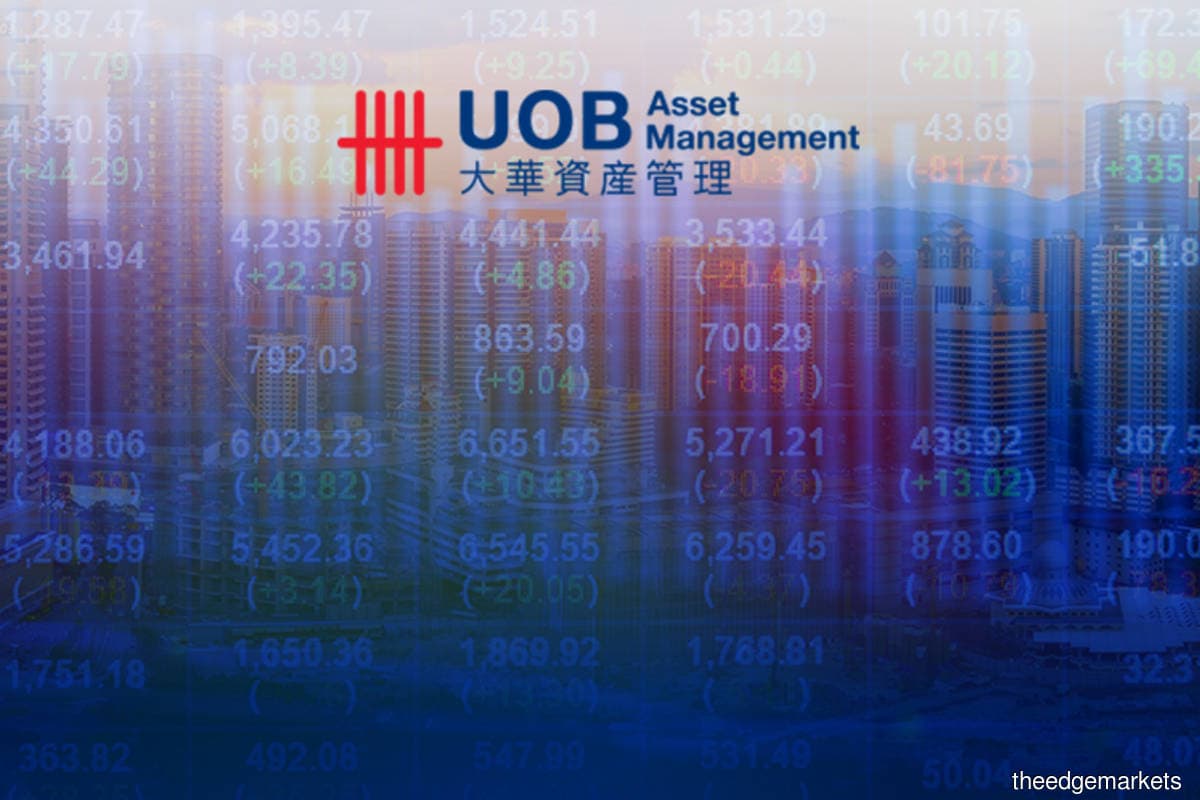
KUALA LUMPUR (Aug 26): UOB Asset Management (Malaysia) Bhd (UOBAM) prefers stocks in the technology, healthcare and utilities sectors in the current market, but advocated for a bottom-up approach as opposed to investing by sectors, given the volatility prevailing in equities.
UOBAM chief investment officer Francis Eng said the utilities sector is a good pick from a defensive perspective, while the technology and healthcare sectors have performed well as compared to other sectors during the Covid-19 pandemic.
“We think tech is a circular story in that there are medium to longer term growth prospects and a lot of opportunities within Malaysia. Healthcare has also done well but the focus is not just on the rubber glove stocks as there are also attractive choices in the pharmaceutical space as well,” he said during UOBAM’s digital press conference today on the market outlook.
It has been challenging for the banks, given the cuts in the overnight policy rate (OPR) to record low levels, which has resulted in lower interest rates.
However, he said there may not be further cuts to the OPR this year and therefore there should be less pressure on the margins of banks going forward.
Meanwhile, in the event that there are positive developments relating to the formulation of a vaccine for Covid-19, other sectors could also become attractive, including the banking sector said Eng.
He said some of the restrictions affecting the other sectors will begin to wear off if there are positive developments on the vaccine, which may result in investors switching to other sectors.
“We generally take a bottom-up approach. We assess the investment merits of each individual company rather than buy across the market,” he said.
He pointed to the performance of the market year-to-date up to July and said if an investor was to invest across all sectors, there would be a flat to slightly positive return.
However, if one were to approach it from a stock-picking perspective, the returns generated would be above the general market, said Eng, adding that this kind of strategy would continue to work in the coming quarters.
“For many retail investors, the fixed deposit (FD) rate is an important benchmark for them. Taking the FD rate of a leading bank, for example, 1.7% to 1.8% is very low if you compare to other investment options like equities.
“Just looking at the dividend yield of KLCI component stocks — it’s already more than 3%. Equities have shown the ability to generate positive returns over the long term and there is also potential for capital appreciation,” he said.
On the other hand, he said investors should not expect similar returns as the market has seen in the equities rally over the past two to three months as returns will be more modest going forward.
He declined to give a year-end target for the FBM KLCI, as he said a target would not be very relevant in the current conditions as the performance of the different sectors are very polarised.
“Most sectors are reporting lacklustre performance. Even if I gave you a target for the index, it will not be very relevant as at this point, market earnings are all over the place. The variance between earnings forecasts by research houses are large.
“It is very hard to have a meaningful index target when there is such a large variance in earnings,” he explained.
Edited by Joyce Goh